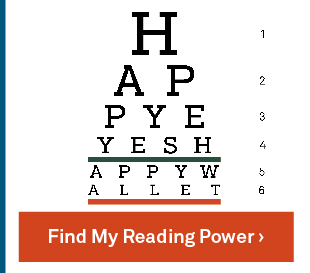
With the weather warming up, it’s totally normal to start fantasizing about days spent in the garden, and the gorgeous blooms you will begin planting. Before you begin purchasing all of your new florals, here are 10 elements to help you create a well balanced flower garden that will have you recreating those magazine worthy gardens you’ve always wanted.
1. Line
Consider the line being created by whatever you are planting. Whether you’re using straight, curved, horizontal, vertical, or various line combinations, the use of lines throughout your garden draws the eye to points of interest or pathways throughout the garden.
2. Texture
Using different textures throughout your garden is a great way to add visual interest. A simple grass plant against leafy green foliage adds eye-catching variety to your garden. Experimenting with different textures is a great way to find unique combinations and spice up the look of your garden.
3. Form
Define a particular area or outline a border with plants that provide form. Shrubs, such as Boxwood, and miniature trees are a great way to add dimension and a look of completeness to your area.
4. Pattern
Using patterns is a great way to reinforce the rhythm and the look of your garden. Patterns can make it easy for you to incorporate different textures and colors into one complete look. You can also use patterns to highlight various florals, foliage, or focal points.
5. Balance
When adding to your garden you’ll want to be careful not to draw more attention to one side of the garden than you do the other side. Before you get started, decide if you want your garden to be symmetrical (equal on both sides) or asymmetrical (more emphasis on one side). This will making placement decisions much simpler and help you achieve visual balance.
6. Contrast
Adding an element of contrast provides a sense of visually pleasing tension between elements. To create contrast you can incorporate the previously mentioned elements such as form, texture, and color. Be careful not to mix too many elements, as too much can begin to look unorganized and chaotic. Contrast can be as simple as adding lava rock to your garden to provide a contrast of texture.
7. Color
Color is undeniably the most popular gardening element. Reflect various seasonal looks and show off your personality by incorporating your favorite color schemes. Whether you lean towards single color gardens, or prefer to combine several colors of flowers, color is the icing on top of a well balanced garden.
8. Proportion
It is important to take into consideration the size of the area that you are planting in. For instance if you are lining your driveway, small rows of flowers would more than likely not make sense. However, trees or shrubbery would be a more proportional option and provide visually pleasing accents for your driveway.
9. Location
Before purchasing your plants, make sure they can accommodate the amount of sun that your flower garden receives. Most plants have tags that tell you whether they should receive shade, partial sun, or full sun.
10. Spacing
Be sure to place plants about as far apart as each plant’s ultimate reach. When placed too close together, plants can become stunted. For example, a perennial that grows 24 inches wide should be about 20 to 24 inches from its neighbors.













0 Comments